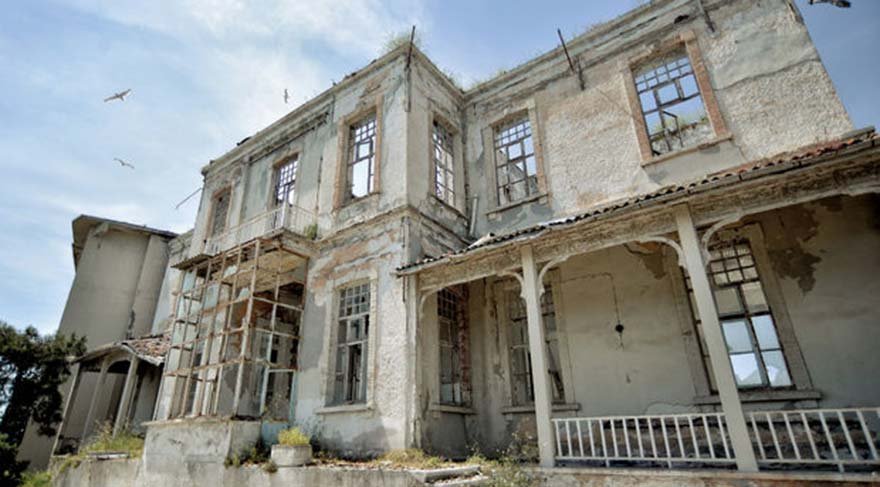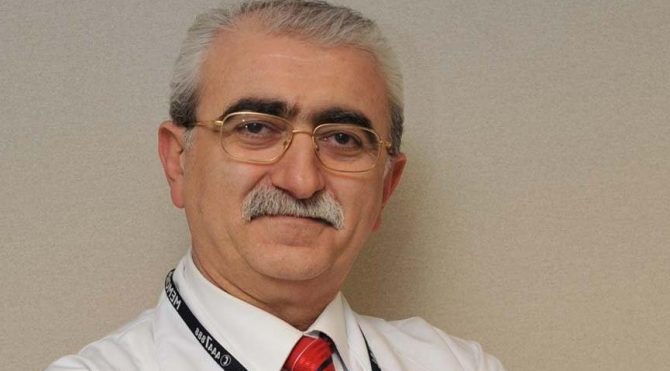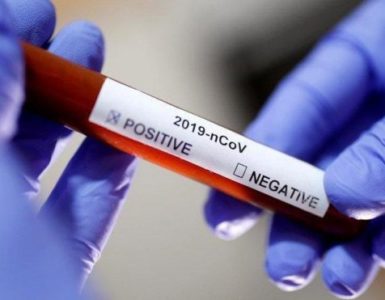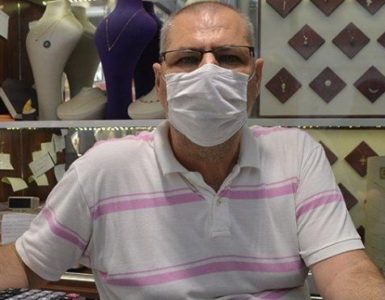Turkey is celebrating the March 14 Medical Day. However, doctors are unhappy, patients are desperate and economic difficulties continue to bend the poor.
* I am a trainee doctor of a Republican era. ” Dr. Bingür Sönmez explained the exemplary struggle against epidemic diseases in the first years of the Atatürk Republic in order to encourage Corona virus fears and made the following comment:
* We thank Atatürk with gratitude. He served without any money from the state citizen in poverty.
– I want to celebrate your 14 March Medical Day…
* Let us congratulate Atatürk, who founded the Republic, not me or today’s medical staff, and that health army that was struggling with epidemics and impossibilities in the first years of that poverty.

Professor Dr. Bingür Sönmez spoke to our friend Yüksel Şengül.
– You have research on this subject…
* During my internship as a trainee in 1974-75, I did not see malaria, trachoma, syphilis, flower, diphtheria. Thanks to our teacher, Türkan Saylan, I have not seen leprosy. I saw very few tuberculosis thanks to heroic TB fighters.
* Actual War of Independence was given by the young Republic of Turkey in health. Because epidemic diseases grew like an avalanche in Anatolia. Diseases were also transmitted to the remotest parts of the country through dismissed soldiers. Health services were provided free of charge.

Heybeliada Sanatorium was closed in 2005.
Here are the diseases of that period
Sonmez explained the epidemic diseases of that period as follows:
* SITMA… It was the most challenging disease in the country in the first years of the Republic. There were 5 million malaria in the country. For treatment, 50 tons of quinine medication was needed. With the budget of 1924, only 1,381 kg of quinine was available. Young doctors who tried to dry the marshes lost their lives for this purpose.
* COLOR… It was the second major epidemic of the Republic. In 1925, the Syphilis Commission, consisting of specialists, was established, and the treatment procedures were determined, and serious sanctions were introduced.
* FLOWER… The best method of protection was vaccine. In the place where the vaccine was given, the boil appeared, and after a while it left a mark even if it healed. Aşık Veysel is the best known example of the flower circle (flower face).
* Tuberculosis… In ‘Tuberculosis’ disease, which causes 15 percent death, money was of great importance, but the state was treating it for free. Today, not only in private hospitals, but also in city hospitals, the patient is treated as a customer.

ATATÜRK WAS PIONEER IN HEALTH WAR
Bingür Sönmez also made the following statement regarding Atatürk:
* On 2 May 1920 (without the Battle of Sakarya Square Battle), Mustafa Kemal founded the first health organization. The task of this organization was to protect the health of the nation.
* The struggle for health was held without tears from cities to villages. In 1930, the General Sanitary Law was introduced and it was revealed that the fight against all epidemic diseases in the country was the main duty of the state.
* Atatürk opened the Heybeliada Sanatorium, which was closed in 2005 in 1924.




